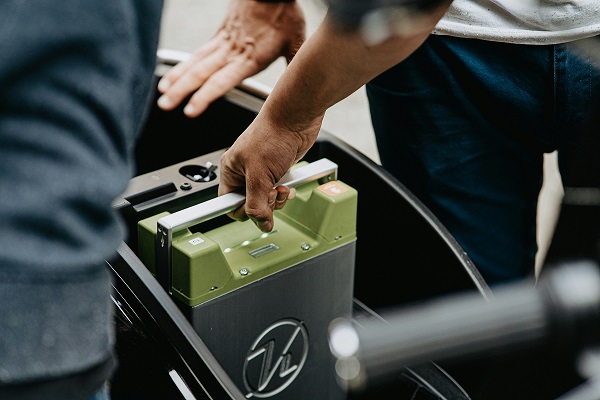Auto Electrical Repairs
Blown fuses
SHARE
The Vital Role of Fuses in Your Car and Signs of a Blown Fuse
Fuses are often overlooked, yet they play a critical role in the safe and reliable operation of your vehicle. These unsung heroes of the automotive world are responsible for protecting your car’s electrical system from potentially catastrophic damage. In this blog, we’ll explore the importance of fuses, how they work, and the telltale signs that indicate a blown fuse in your car.
The Importance of Fuses in Your Car
Your car’s electrical system is a complex network of wires, circuits, and components that power everything from your headlights to your infotainment system. Without fuses, a short circuit or an overload in any part of this system could lead to a fire or irreparable damage to your vehicle. Fuses act as the first line of defense, interrupting the flow of electricity when it exceeds a safe level, preventing the problem from spreading and causing more extensive harm.
How Fuses Work
Fuses are designed to be the weakest link in an electrical circuit. They are typically made of a thin metal strip or wire that is calibrated to melt or “blow” when the current flowing through it exceeds a certain amperage. This interrupts the circuit, cutting off the power supply to the affected component and preventing a fire or other catastrophic failure.
Fuses come in a variety of sizes and amperage ratings, each tailored to the specific needs of the electrical components they protect. Larger fuses are used for high-powered systems like the starter motor or the air conditioning compressor, while smaller fuses safeguard more delicate electronics like the radio or the interior lights.
Signs of a Blown Fuse in Your Car
Recognizing the signs of a blown fuse is crucial, as it can help you quickly identify and address the problem before it leads to more serious issues. Here are some common indicators that a fuse has blown in your vehicle:
1. Electrical component failure: If a particular electrical component in your car suddenly stops working, such as a headlight, a power window, or the radio, it’s a strong indication that the fuse protecting that circuit has blown.
2. Flickering or dimming lights: If you notice that your car’s lights, including the dashboard, are flickering or dimming, it could be a sign of a blown fuse. This happens because the affected circuit is not receiving the full power it needs.
3. Burning smell: If you detect a burning or melted plastic odor coming from your car’s fuse box, it’s a clear sign that a fuse has overheated and blown.
4. Visible damage: Occasionally, you may be able to visually inspect the fuse and see that the metal strip inside has been broken or discolored, indicating that the fuse has done its job and needs to be replaced.
Replacing a Blown Fuse
If you suspect that a fuse has blown, the first step is to locate the fuse box, which is typically found under the dashboard, in the engine bay, or in the trunk, depending on your vehicle’s make and model. Once you’ve found the fuse box, consult your owner’s manual to identify the specific fuse that corresponds to the affected electrical component.
Carefully remove the blown fuse and replace it with a new one of the same amperage rating. Never use a fuse with a higher rating, as this can overload the circuit and potentially cause a fire. If the new fuse blows immediately, it’s a sign of a more serious problem in the electrical system that requires the attention of a qualified mechanic.
Conclusion
Fuses may be small and often overlooked, but they play a vital role in the safe and reliable operation of your car’s electrical system. By understanding the importance of fuses, how they work, and the signs of a blown fuse, you can quickly identify and address any issues, helping to prevent more serious and costly problems down the road. Regular maintenance and vigilance when it comes to your car’s electrical system can go a long way in keeping your vehicle running smoothly and safely.

























